
New York plumbers are some of the priciest in the nation. High cost of living and aging buildings contribute to their hefty price tag. Learn the other factors affecting how much a plumber costs in New York City.
Sometimes all it takes are calipers, other times you’ll need to do a little math


Hiring a plumber costs $40 to $200 per hour, but their accurate measurements can prevent costly water damage or repeated DIY fixes.
There are several different types and designs of pipe, each with unique sizes, which can prove frustrating to DIYers.
Specialized tools like pipe cutters, wrenches, sealants, and fittings are often needed, which most homeowners don’t have on hand.
The diameter of a pipe isn't always reflected in the name.
Installing the wrong size pipe can lead to water damage, leaky faucets, slow drains, and other issues.
If you’re a handy DIYer with a plumbing project on the horizon, you might need to know how to measure pipe sizes. Did you know the diameter of a pipe isn’t always reflected in the name? For example, the outside diameter of a 1-inch copper pipe isn’t 1 inch—it’s slightly larger. Don’t worry, though. This guide will show you how to measure pipe size, so you don’t accidentally end up with a bad DIY job or wasted materials and money.
You’ll only need to put aside about half an hour for this simple project. As far as tools, all you’ll need is a soft measuring tape, a caliper, and a calculator (and your pipe, of course).
When you’re measuring a pipe, the outside diameter (the number you get from your measurement) correlates with a nominal pipe size (the size sold in hardware stores). For example, a 1/2-inch copper pipe has an outside diameter of 5/8 of an inch.
If your pipe is smaller than 14 inches—all pipes in your home should be—you can use an online chart to convert your measurement into the pipe size. The conversion depends on the type of pipe. Some plastic pipes have different wall thicknesses and different measurements, but you can check the size on the pipe itself.
Note: You will not need to convert the outside diameter to a nominal pipe size if your pipe is 14 inches or more in diameter or you’re using tubing instead of piping. In this case, these figures should be the same. If you’re using PEX or cross-linked polyethylene tubing, the nominal size simply refers to the outside diameter.
| Nominal Pipe Size | Outside Diameter Measurement (Fraction) | Outside Diameter Measurement (Decimal) |
|---|---|---|
| 1/2" | 5/8" | 15.875 mm |
| 3/4" | 7/8" | 22.225 mm |
| 1" | 1 1/8" | 28.575 mm |
| 1 1/4" | 1 3/8" | 34.935 mm |
| 1 1/2" | 1 1/2" | 41.275 mm |
| 2" | 2 1/8" | 53.975 mm |
| 3" | 3 1/8" | 79.375 mm |
| 4" | 4 1/8" | 104.775 mm |
| Nominal Pipe Size | Outside Diameter Measurement (Fraction) | Outside Diameter Measurement (Decimal) |
|---|---|---|
| 1/2" | 27/32" | 21.336 mm |
| 3/4" | 1 3/64" | 26.67 mm |
| 1" | 1 5/16" | 33.401 mm |
| 1 1/4" | 1 23/32" | 42.164 mm |
| 1 1/2" | 1 29/32" | 48.26 mm |
| 2" | 2 3/8" | 60.325 mm |
| 3" | 3 1/2" | 88.90 mm |
| 4" | 4 1/2" | 114.3 mm |
Here’s what you’ll need to do to get accurate measurements on your pipes.

Before you bother with a measurement, inspect the outside of the pipe. Some pipes—especially PVC, CPVC, or PEX pipes—are labeled with the size on the side. This step can save you a ton of work because that number refers to the outside diameter, in which case, you’re done!
Pipes made out of copper, iron, steel, and other materials won’t have these labels, so you’ll need to measure them yourself.
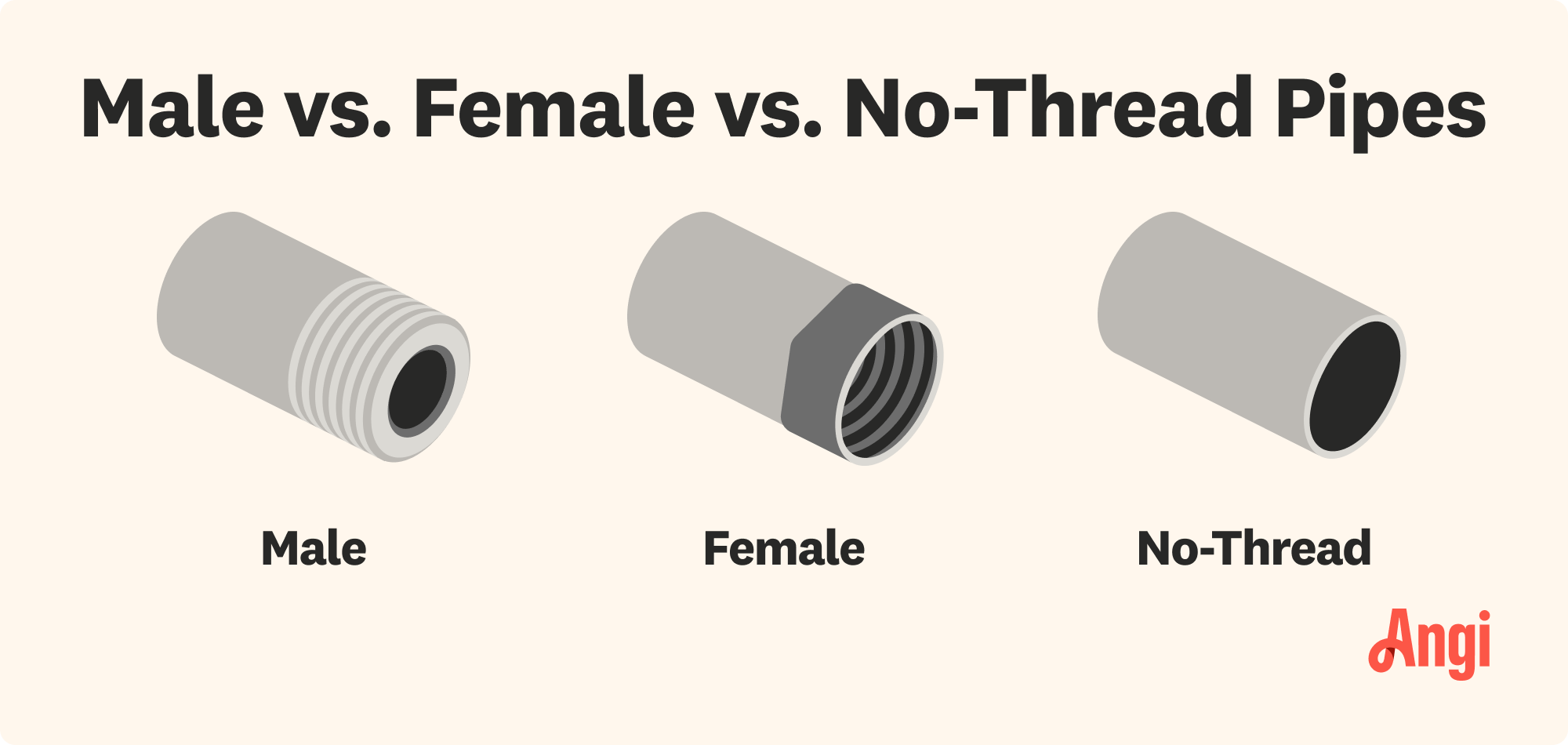
Before you can measure your pipe, you need to know which kind you’re dealing with. There are three types of pipes:
Male pipes: The pipe either has grooves on the outside, which help it fit into a female pipe, or it’s simply thinner than the female end into which it fits. You’ll see these in drainpipes, on things like backflow preventers and water meters, and on connections to fixtures.
Female pipes: The pipe either has grooves on the inside, which help it grip a male pipe, or the inside diameter is the same as the male pipe’s outside diameter, as in the case of a drainpipe. Female pipes are common in drainpipes, on plumbing supply lines, and on connections to appliances and fixtures, including water heaters.
No-thread pipes: Pipes are smooth on each end with no grooves.
You’ll measure female pipes a little differently.
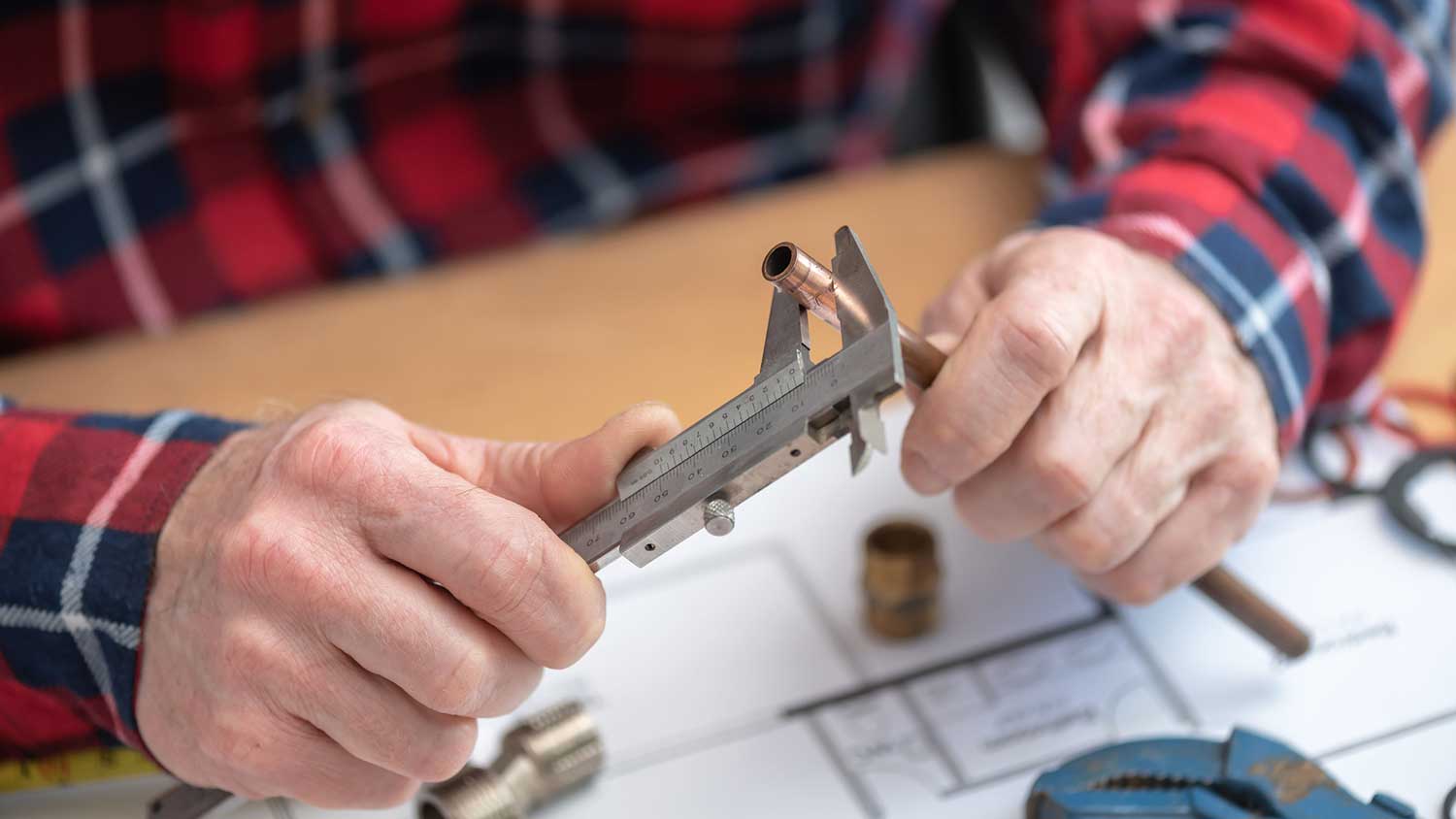
If your pipe is still connected to the plumbing without an exposed edge, there are two ways you can measure a male pipe or no-thread pipe. Either use a caliper or a soft tape measure. A caliper measurement requires a little less math.
Fit a caliper around the outside of the pipe to get an outside diameter measurement. Record the measurement.
Measure the pipe’s circumference by wrapping a soft tape measure around its outside circumference. If you don’t have a soft measuring tape, wrap a string around the pipe, marking the end point. Then, measure from the end of the string to the end point to find the outside circumference.
Divide the circumference measurement by pi (3.1415) to get the outside diameter.
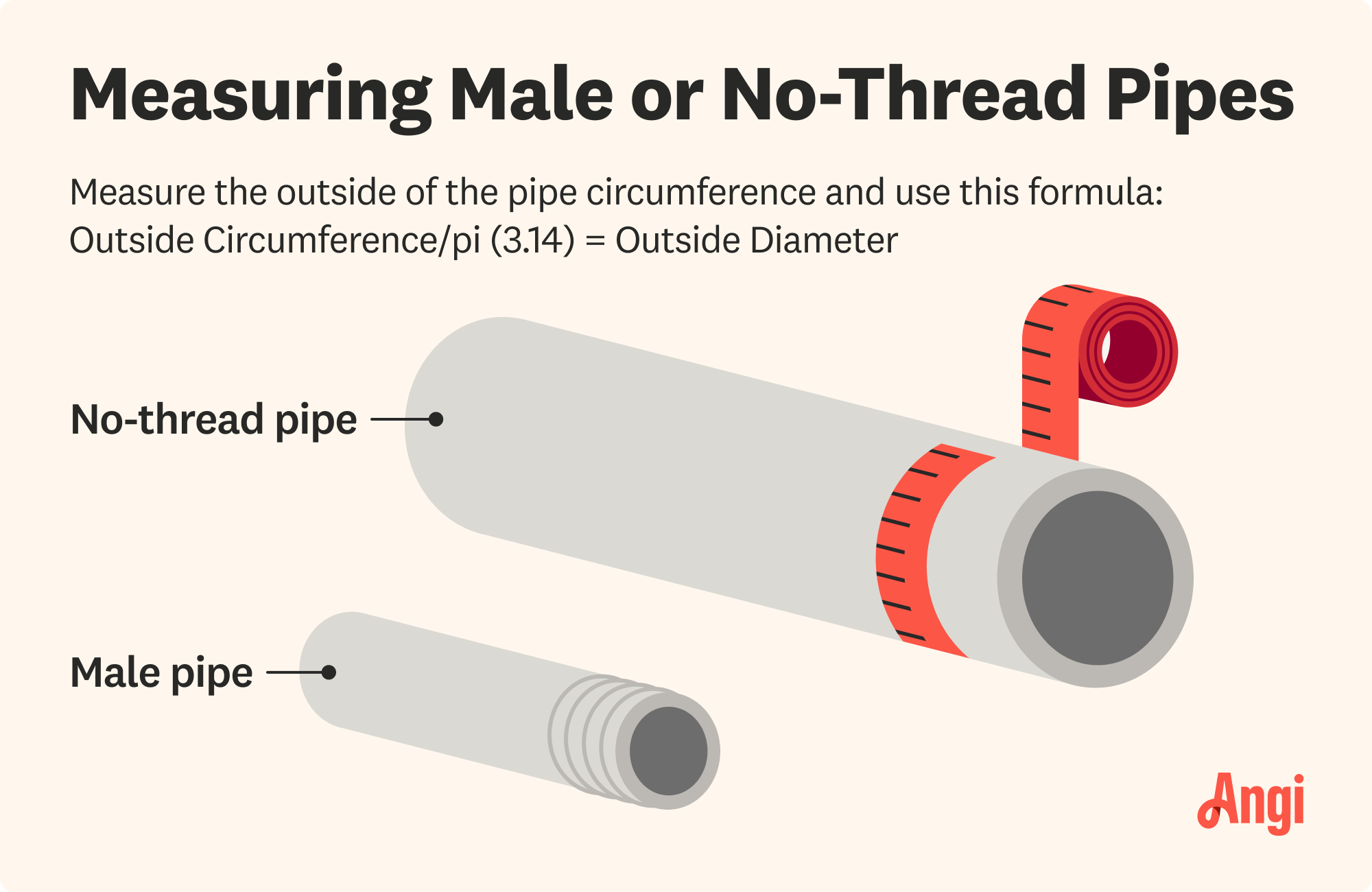

For a female pipe, you’ll actually need to measure the inside diameter instead of the outside diameter. In layman’s terms, that’s the width of the pipe hole, excluding the thickness of the pipe walls. Use your caliper to measure the distance between one inside edge of the pipe to the other inside edge of the pipe.
Unfortunately, there’s no convenient way to measure inside pipe diameter without calipers. You can use a ruler or tape measure, but the measurement won’t be as precise.
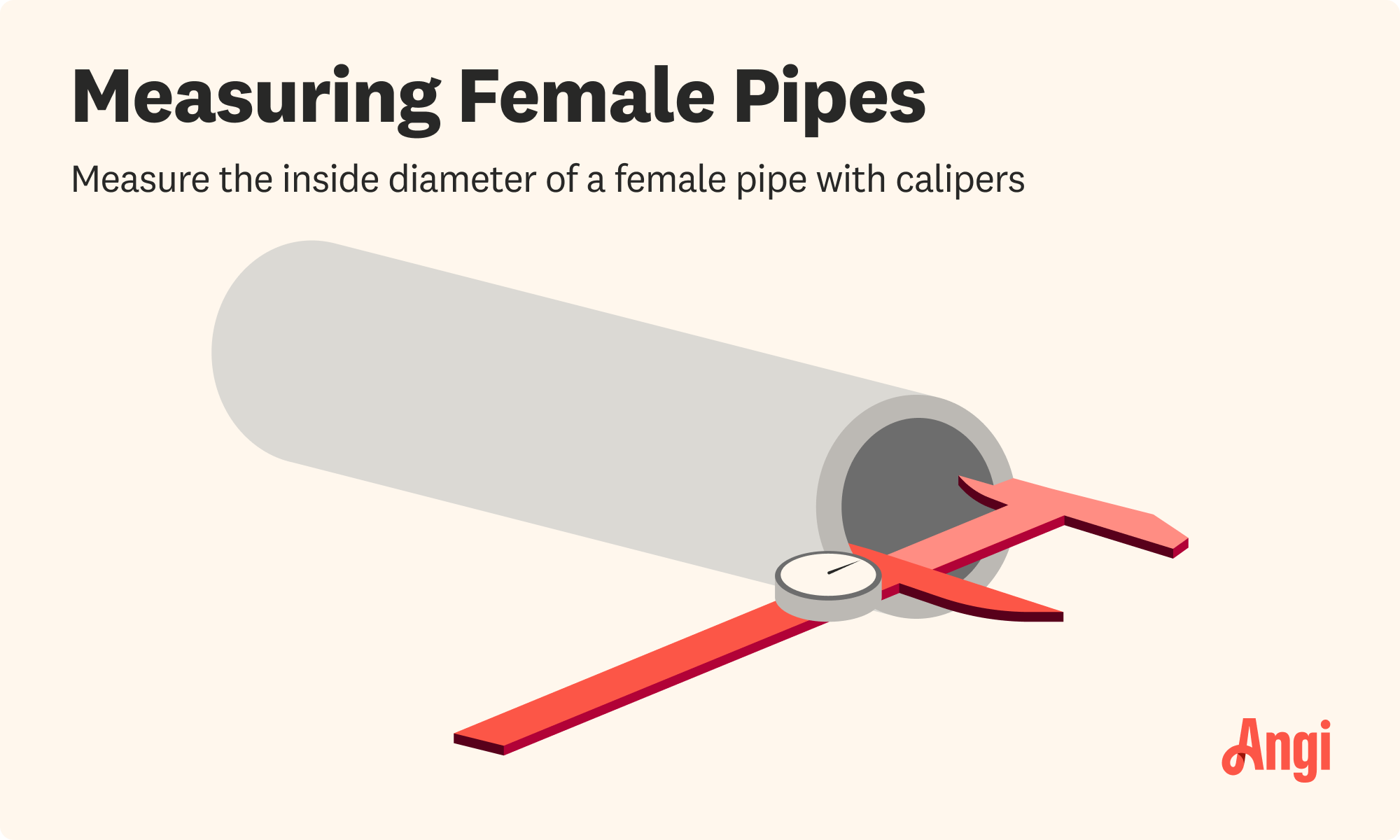
To get the nominal pipe size (the size you can buy in the store), you’ll need to convert your diameter measurement. Remember, you should use an outside diameter for male or no-thread pipes, but you’ll use an inside diameter for female pipes. You can use one of the charts above to make the conversion. If you’re unsure or have a different pipe material, you can find a specific table online or default to the manufacturer.
Pipe is measured by the outside or inside diameter based on the type of pipe: male (outside), female (inside), and no thread (outside). The diameter is then converted to the nominal size. The pipe’s material may also influence the nominal size because of differing wall thicknesses. In some cases, you may need to reference a chart specific to the pipe material to convert the diameter measurement into the correct nominal size.
Tubing is more straightforward, as the dimensions always refer to the exact outside diameter, regardless of the wall thickness. That means there’s some interior diameter variation, but the exterior diameter will always be the listed measurement.
Most people can measure their own pipes, especially if it’s a common type of pipe. And you can save some money on the cost of a plumber if you successfully measure your pipes and buy the materials yourself for a plumbing repair.
With that being said, it can get a little confusing for those who aren’t familiar with plumbing or those who have less common pipes. There are all different pipe sizing standards, from copper tube sizing (CTS) to the iron pipe standard (IPS), and each has a different size conversion chart—and that’s before you dive into the thickness of the pipe wall you’re measuring, which can also vary among types of plumbing pipes. If you have an older home with unusual pipe sizes, it can be worth contacting a local plumber to ensure the plumbing work gets done correctly.
At best, if your measurements are incorrect, you can make a correction and swap out the wrong size with the right size—all it will cost you is an additional trip to the home improvement store. At worst, installing the wrong size pipe can lead to expensive water damage repairs, leaky faucets, or slow drains. Provided you hire a plumber or vetted faucet repair service near you to get the actual repair done, you’ll know for sure if you got the right size, as your professional will let you know.
From average costs to expert advice, get all the answers you need to get your job done.

New York plumbers are some of the priciest in the nation. High cost of living and aging buildings contribute to their hefty price tag. Learn the other factors affecting how much a plumber costs in New York City.
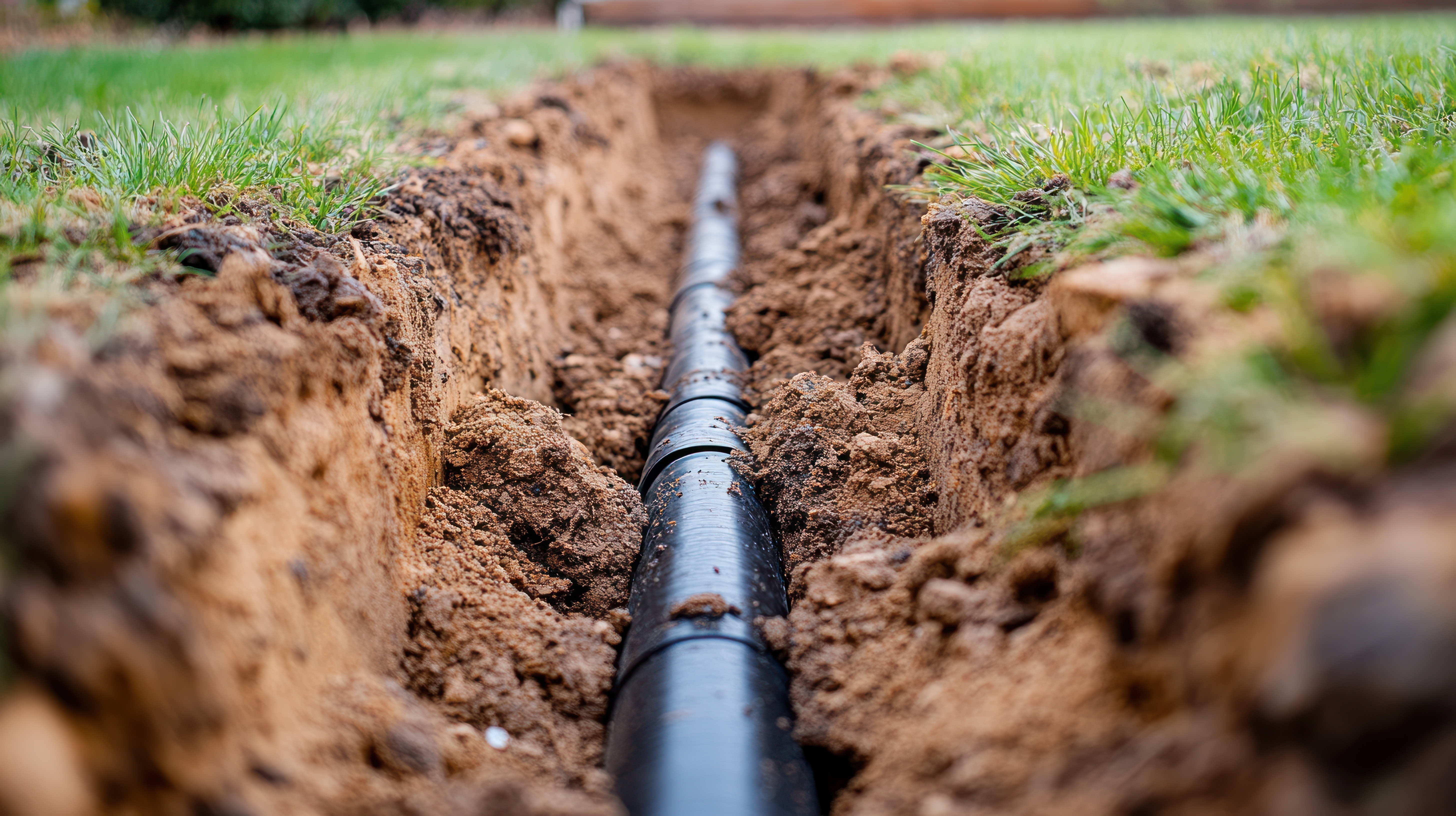
Discover the primary factors that affect your main water line replacement cost in New York, including length, materials, and the necessary installation method.
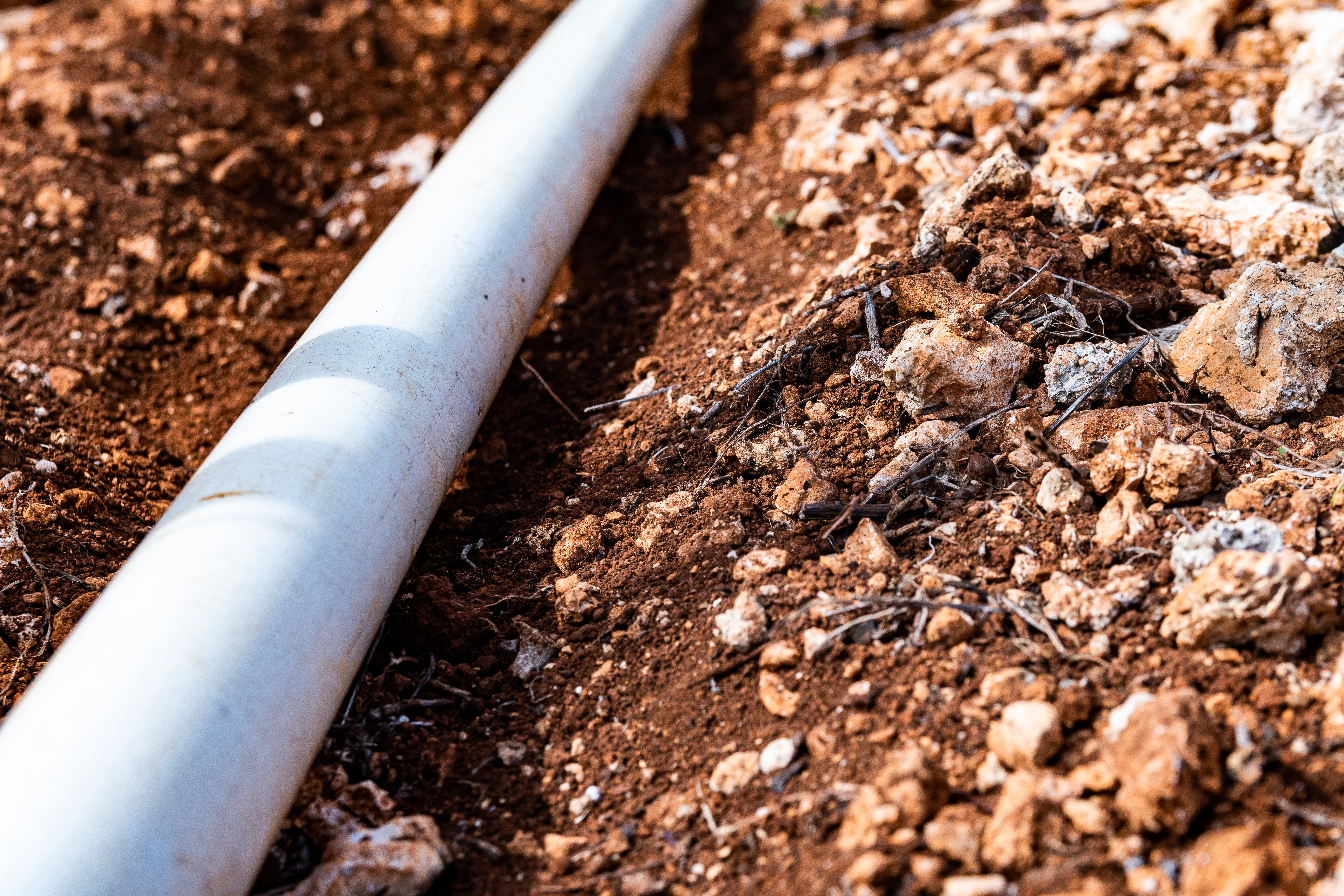
Discover the pricing factors that will affect your main water line repair cost in New York, including the repair type, size, and accessibility challenges.

The water main line is essential to your home’s plumbing. Over time, it can develop wear or damage. Find out how much a main water line replacement costs here.

If your faucet hasn’t been working like it used to, you might need a replacement. Here’s how to replace a kitchen faucet like a plumbing pro.

There are a few plumbing terms that everyone needs to know. Using this informative guide, you’ll learn plumbing terms like flapper and shut-off valve to help you tackle both emergencies and everyday annoyances.